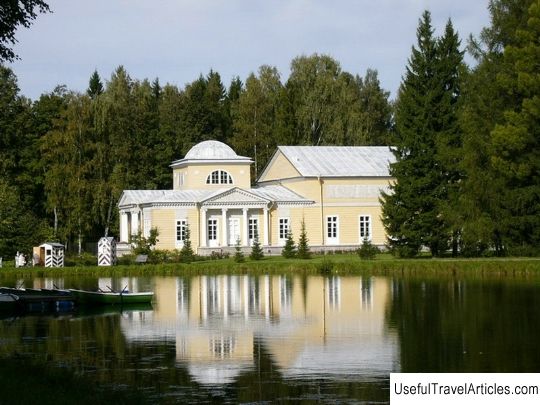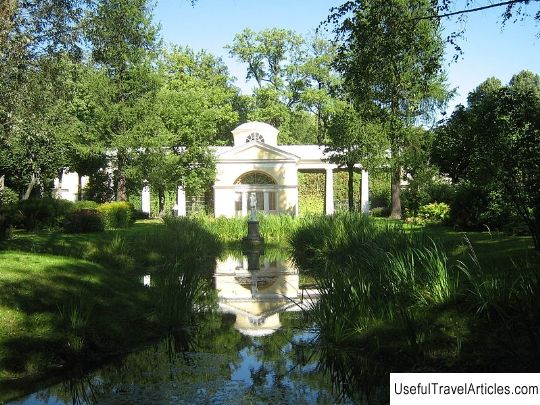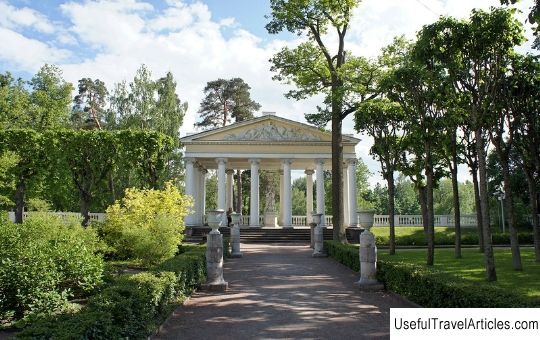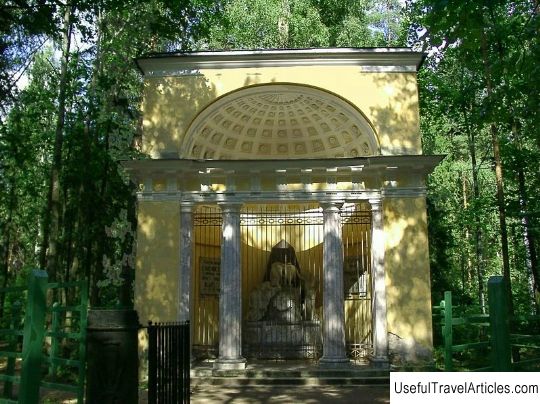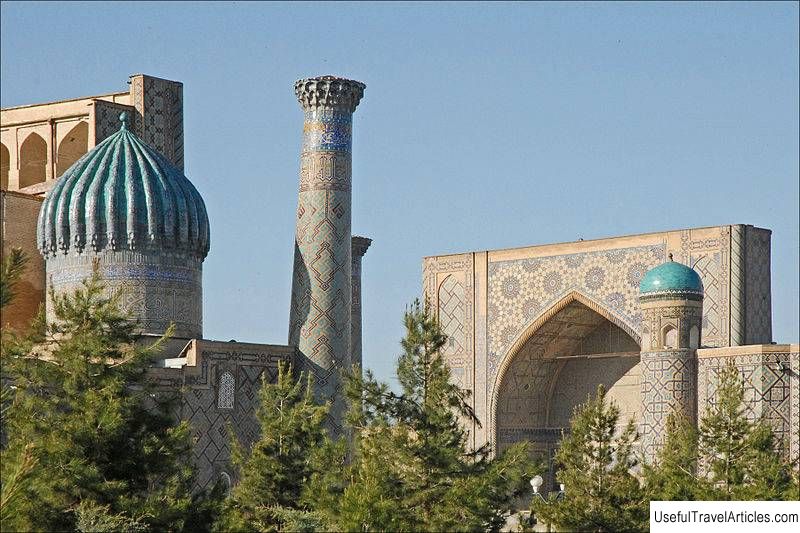Pil-tower in Pavlovsky park description and photos - Russia - St. Petersburg: Pavlovsk
Rating: 8,1/10 (1513 votes) 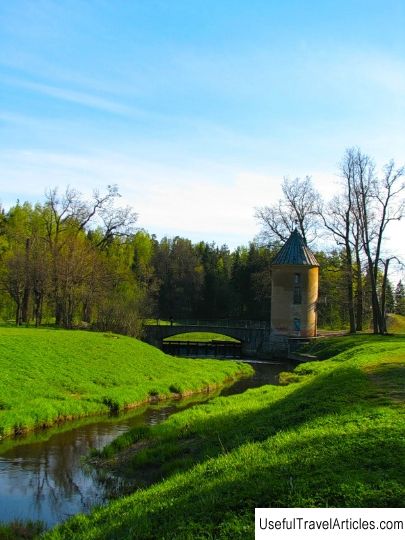
Pil-tower in Pavlovsky Park description and photos - Russia - St. Petersburg: Pavlovsk. Detailed information about the attraction. Description, photos and a map showing the nearest significant objects. Photo and descriptionThe most romantic pavilion in Pavlovsky Park is the Pil-Tower, which is a kind of tribute to the fashion for pastoral buildings. This pavilion got its name "tower" due to its elongated shape. Many researchers suggest that the name "Peel Tower" was due to the fact that earlier there was a so-called "saw mill" or, simply, a sawmill, which was powered by the pressure of water. Those who have data suggest that the Piel-tower was built near the "new cold soap-shop", i.e. by the bath. After visiting the "soap shop" we went to the nearby Pil-tower or went to the garden, laid out on the other side of the river. The Pil Tower was used as a resting place after taking water treatments. Here they "tasted" "afternoon tea" and "fryushtuk". The Pil-Tower forms a single ensemble with adjacent buildings. It is believed that the author of the project of this structure is V. Brenna. Estimated time of construction of the pavilion 1795-1797. The cylindrical walls made of bricks are set on a stone base. They are plastered and painted with frescoes that mimic crumbling stonework, which are completed on top with a structure of logs and planks. High windows are painted somewhere in the middle of the tower height. The painting of the walls of the Peel Tower belongs to the hand of the decorator P. Gonzago. The tower is a structure consisting of two floors with a wooden staircase inside, the railings of which are made in the form of intricately twisting tree trunks. In 1807, the wooden staircase was replaced by a stone staircase with metal railings, which spiraling from right to left led to the second floor. The tower is crowned with a high gabled roof covered with thatch. This type of roof covering, as well as the painting imitating some dilapidation and negligence, created the effect of the so-called "romantic poverty" popular at that time. The Pil-Tower is a type of fake pavilion, which hides luxurious interior decoration. The interior of the pavilion's second floor was distinguished by a high degree of sophistication. Its decoration resembled a luxurious ceremonial salon - with oak parquet on the floor and walls and ceiling sheathed with "scarlet Chinese with white muslin" (due to dilapidation, the fabric was removed in 1833). The ceiling was decorated with a round shade painted in oil. Two small and one large soft sofas were embroidered with “different silk flowers” and “gold”. A gray marble fireplace with two alabaster vases. Figures of porcelain cupids under glass cases on ebony pedestals. Mahogany table with crystal ink set. There is an oval painting above the door. The finishing touch of the interior was a small library. This is how the decoration of the Pil-tower was described in the "Inventory of entertainment buildings, all the things and furniture in them" in 1828. The first floor of the Pil-tower played the role of a utility room. According to a well-known legend, during the reign of Emperor Paul I, they were sometimes imprisoned here for negligence in the performance of duties or the pranks of camera-pages. Initially, the area around the pavilion was open. A country road led to the then wooden bridge, which then, wriggling, went up. In those days, it was not yet bordered by trees. The Piel Tower was clearly visible from all points and was a kind of architectural dominant. But later, with the growth of green spaces, this value was lost.            We also recommend reading Santa Catalina Convent description and photos - Peru: Cusco Topic: Pil-tower in Pavlovsky park description and photos - Russia - St. Petersburg: Pavlovsk. |
